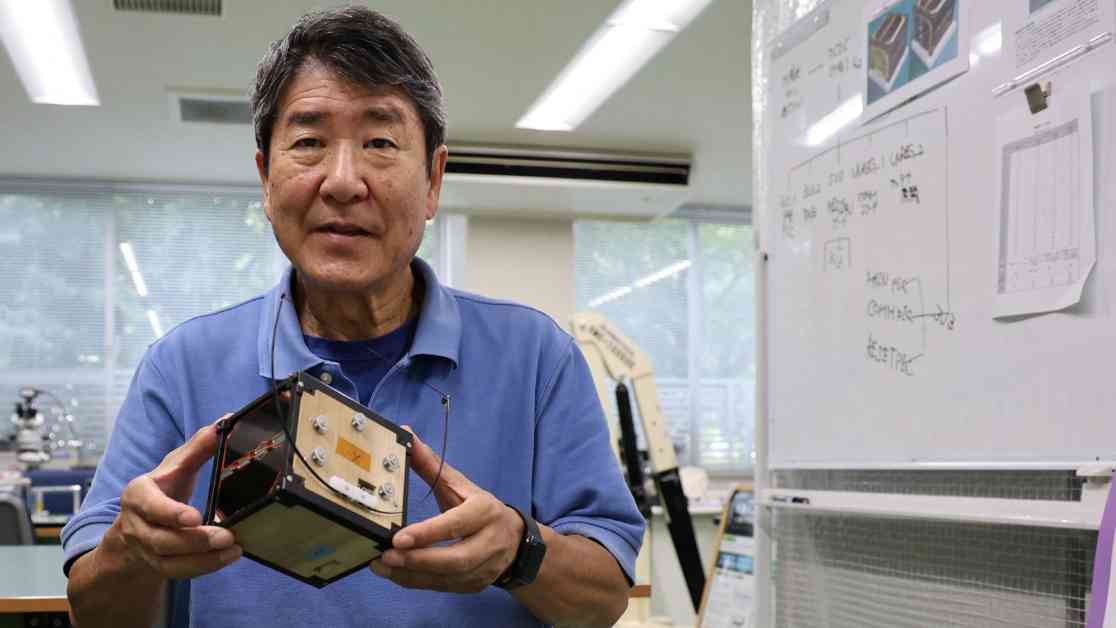The world’s first wooden satellite has successfully been launched into space by Japanese researchers. This groundbreaking achievement opens up possibilities for using renewable materials like wood in space exploration missions to the moon and Mars. The satellite, called LignoSat, is set to be flown to the International Space Station (ISS) on a SpaceX mission before being released into Earth’s orbit for testing.
Astronaut Takao Doi from Kyoto University, who leads the team studying human space activities, expressed optimism about the potential of using timber in building structures for living and working in space indefinitely. The goal of the project is to establish sustainable habitats on other celestial bodies within the next 50 years.
One of the key advantages of using wood in space missions is its durability. Wood is less prone to decay or combustion in the absence of water and oxygen found in Earth’s atmosphere. Additionally, the environmental impact of a wooden satellite is significantly reduced as it burns up in the atmosphere upon re-entry, causing less pollution compared to metal satellites.
The wooden satellite, made from honoki, a type of magnolia tree native to Japan, was constructed using a traditional Japanese technique without the use of screws or glue. This innovative approach showcases how wood can be a viable and advanced material for future space missions. Kenji Kariya, a manager at the Sumitomo Forestry Tsukuba Research Institute, emphasized that wood, often viewed as old-fashioned, is actually a cutting-edge technology that could revitalize the timber industry with the expansion of human activities into space.
The successful launch of LignoSat marks a significant milestone in space exploration, paving the way for future missions that incorporate sustainable and environmentally friendly materials. As humanity looks towards establishing a presence on other planets, the use of wood in space technologies could play a crucial role in building habitable structures and supporting long-term space missions. This innovative approach not only demonstrates scientific progress but also highlights the importance of sustainability and resourcefulness in space exploration endeavors.










